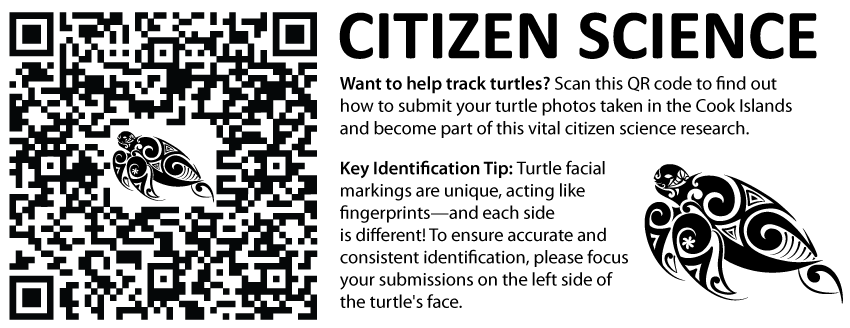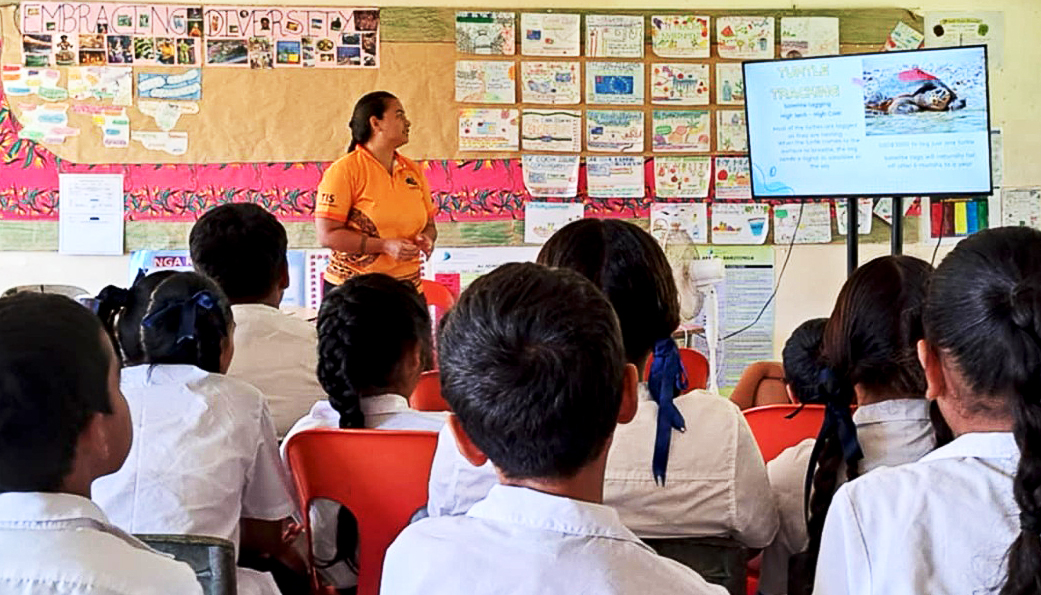Citizen Science turtle tracking reaches the shores of Maʻuke
Te Ipukarea Society’s Project Officer Akeina Tairea had a valuable opportunity to work alongside Apii Maʻuke students to share more on Te Ipukarea Society’s turtle tracking programme as well as discussing what species of turtles are found in the Cook Islands, where nesting occurs and what threats our turtle population faces today.
The Citizen Science Turtle Monitoring Project started in 2021, as a community and public driven concept where people could be a part of the data collection informing on movements of turtles around Rarotonga. The Turtle Tracking programme through the use of photographing facial prints of turtles is a non-invasive and community-based approach to better understanding Rarotonga’s turtle population. By collaborating with the general public, the turtle tracking programme allows everyday people to better understand Rarotonga’s turtle population and contribute their photos of turtles where their faces can be seen. This approach is also a more cost effective approach to turtle tracking as some satellite tags can cost up to USD3000.
The current database has records from both Aitutaki and Rarotonga. Thanks to the efforts of the Aitutaki community including GROW Aitutaki and Wet & Wild, five green turtles have been recorded there since 2021. In Rarotonga, the database includes 101 green turtles and 20 hawksbill turtles, with ten individuals reappearing over the years dating back to 2013.
The Apii Maʻuke students were enthusiastic about the possibilities of tracking turtles through photos, with a couple of keen up coming marine biologists amongst the group. One of the teachers even shared that earlier this year, there were seven turtles spotted in the harbour at the same time.
During Akeina’s presentation she highlighted the importance of tracking turtles to better understand their behaviour as well as learning how to coexist with turtles in their environment. For example, monitoring helps identify potential nesting areas, feeding areas, and migration patterns, which assist conservation efforts like management plans.
Akeina also highlighted threats now experienced by the Maʻuke turtle population being that of sandmining along the coast, taking away nesting habitat sites. Threats for the Rarotonga turtle population include high speed boat traffic moving in and out of passages resulting in some turtles getting hit as they come up for air or colliding with boat propellers.
The presentation wrapped up with a fun, hands-on activity that gave the students a real look into how citizen science works in action and to show how turtle photo identification is achieved through I3S pattern detection software. The game involved several photos of turtle facial prints being displayed on the TV screen. Students were then challenged to match face pairs based on the turtles’ unique facial markings also known as facial scutes.
A highlight of the activity was when one student successfully identified a hawksbill turtle, showing a keen eye for critically endangered biodiversity and growing interest in marine conservation.
A big Meitaki Maata to UNESCO Cook Islands Commission for supporting Te Ipukarea Society’s ongoing efforts to raise awareness of endangered species, such as the Green and Hawksbill Turtles, found in the Cook Islands. As well as supporting awareness raising on those monitoring tools used by citizens to encourage ongoing appreciation for our turtle population and data collected to better support future management plans.


